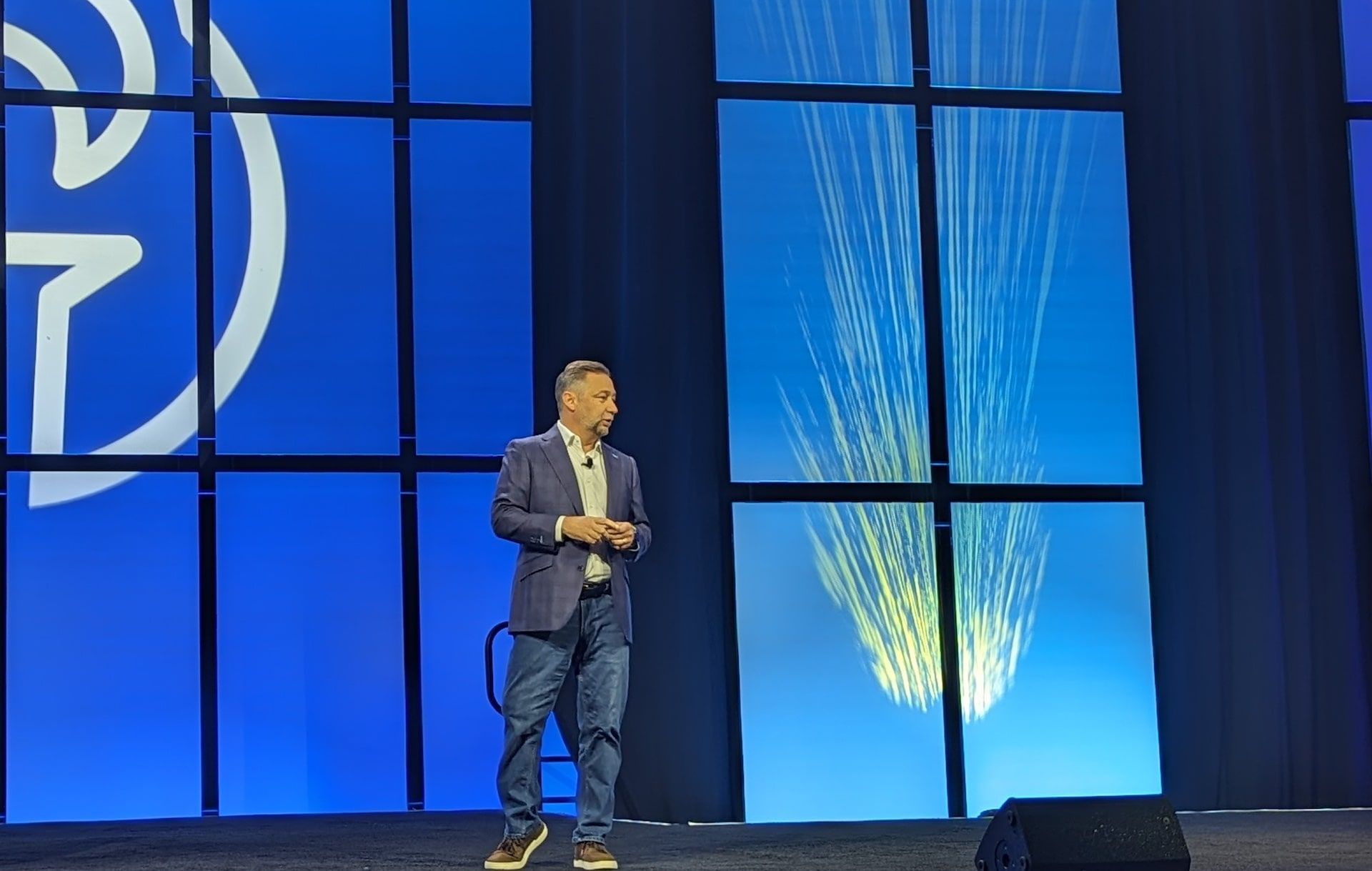As IT teams grapple with the digitization of their companies and industries, they must also – and as a result – help transform their company’s strategy and outlook on digitization, and the entire IT operating model to boot.
In short, IT needs to become a lot more agile, and this gives rise to a plethora of talent-related challenges. Some of these challenges, like recruiting key technical talent in a tightening labor market, are familiar. Others, such as the need to support teams that include a mix of versatile employees from IT and other parts of the business, are new.
Staffing an entire corporate function with new types of people, with widely differing skills and experience will be a multi-year, ongoing effort, and one that should start now – if it hasn’t already.
However the labor market and the demand for different kinds of employees will continue to change over the next few years, and there are three things IT leaders should do now to change the way they hire, develop, and retain their staff.
1. Invest time and money in employing a more diverse workforce: While most IT leaders would like to cultivate a more diverse staff, many see diversity as nice to have, rather than critical.
But a growing number of IT managers find that digitization demands a strategic and methodical approach to employing a team from a wide variety of backgrounds, perspectives, and demographic groups. To achieve this, senior IT managers should adjust recruitment and hiring practices and work to remove unconscious bias from selection processes.
2. Develop more versatility through high-value work experiences: IT managers need more staff who can easily shift between roles and contribute to cross-functional initiatives.
Forward-thinking IT teams have found that identifying opportunities for staff to develop business and technical skills through on-the-job learning opportunities is essential to filling these gaps. IT leaders who have done this report that identifying the right “high-value” experiences is key. These experiences should meet three criteria: they are recurring, broadly available, and they develop skills that are important to both the business and IT.
3. Plan continuous career and retention conversations: Most senior IT managers will ask their middle managers to conduct extensive career conversations with direct reports following their year-end performance review, as received wisdom has it that that’s the time people start to think about their future career (with or without their current employer).
However, employees are likely to reconsider their professional future at multiple times throughout the year, and engaging with employees at all of these times has an outsized impact on employee retention, according to CEB analysis. In fact, career satisfaction drops and “job search activity” rises after a change in management, work anniversary, birthday, and major gatherings of friends and classmates. Managers should complement their annual post-performance review career conversations with “career check-ins” scheduled to coincide with their direct reports’ career risk triggers.
Blog courtesy of CEB, now Gartner. Read more related blogs here.




